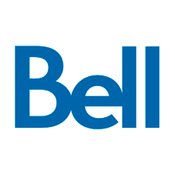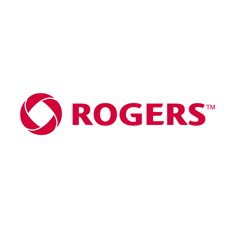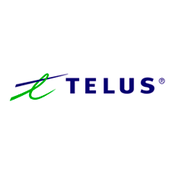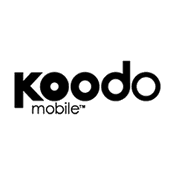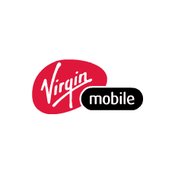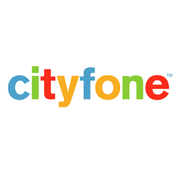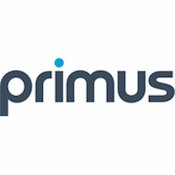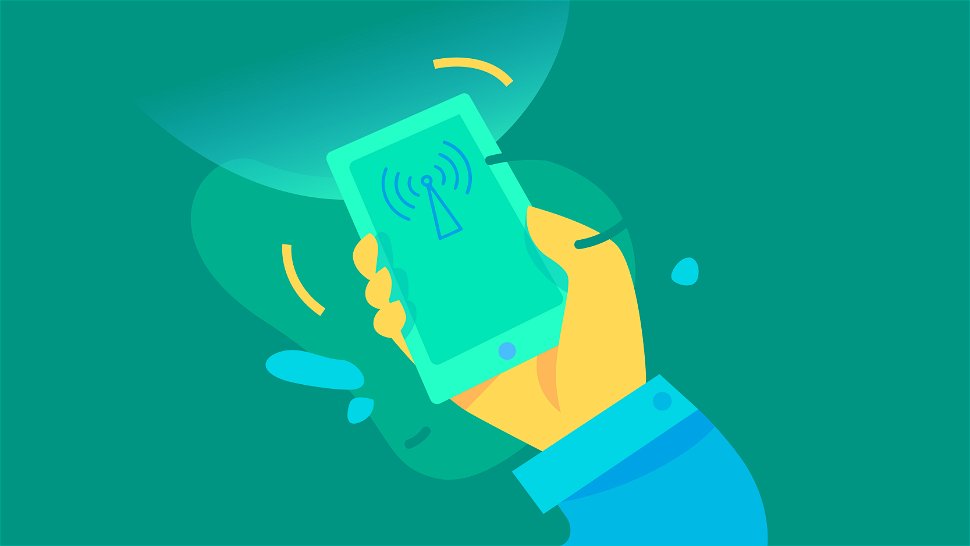
Having access to all the features of a modern smartphone is amazing -- until you don't have a signal or Wi-Fi available.
This makes coverage an essential element in choosing the best cell phone service provider for your needs.
But coverage is a tricky thing to estimate...
Your phone model, where you're located, and even how many other people nearby are using their phones can all impact how you phone performs when connected to your local cellphone network.
So how can you determine the best carrier based on coverage near you?
You have a few options:
Carrier coverage maps look great, but are often only an an estimate of coverage in your area. If you look in the fine print, most are quick to disclaim that there are no guarantees to accuracy or service quality.
Third-party coverage maps (including OpenSignal and RootMetrics) are a bit better. They collect information from volunteers using their phones as they move throughout your area. This means you can rely on the data to be a little more representative of what you might expect.
Reports from major mobile research companies are great for noticing bigger trends and seeing if any networks have obvious problems -- often at a national or state level. But they're not as good for finding information tailored to your region unless you live in a major city.
However, if you compare the data offered by each format, you can piece together a good idea of what to expect.
Since most people don't exactly get excited about spending hours collecting and comparing data, we’re breaking down everything there is to know about coverage with Canada's big -- and not so big -- cell phone companies.
But the Canadian mobile market is a bit difficult to rank...
The truth is, there is no single carrier with the best coverage for everyone. Large carriers tend to offer similar
service at higher prices while smaller ones offer varied packages with limited coverage and much lower prices.
As such, this is less of a ranking and more an explanation of options. However, it offers a great starting point for figuring out the best carriers and services available in your area.
Carriers & Networks Explained
Before you can know what to expect from the various carriers out there, you have to understand that while there’s a huge range of different carrier options, most of them are using only a handful of different networks.
Major carriers in Canada include:
So what about the rest of those companies you see?
They’re known as MVNOs -- or mobile virtual network operators.
They actually use the same networks as the Big Three listed above. They just lease access to the bigger network and charge you accordingly.
Most are even owned by one of the Big Three, including:
| Main Carrier | MVNO |
| Bell | Lucky Mobile, Virgin Mobile |
| Rogers |
Chatr Mobile, Cityfone,
Fido Mobile,
Primus Wireless, SimplyConnect,
Zoomer Wireless |
| Telus |
Koodo Mobile,
Public Mobile |
While most MVNOs offer similar coverage, be sure to check the carrier’s plans and terms to ensure that you’re able to use the full capabilities of the network.
Many MNVOs limit speeds, de-prioritize traffic during peak hours, or provide access to only select frequencies of the main network.
So while coverage might be identical, features might be different.
Confused yet? It’s understandable…
But it also goes to highlight just how hard it is for the average person to find good, reliable information about coverage in their area from different providers.
Who Has the Best Coverage?
Looking at data from OpenSignal and other industry experts, there are some obvious brands which stand out -- even with all the carriers in the Canadian market.
#1. Bell & Telus
So before we get into the specifics here, we want to point out an important fact:
Bell and Telus have an agreement that allows them to seamlessly use each others' network. This is more than roaming, it's a built-in part of how their network operates.
Here's Bell...
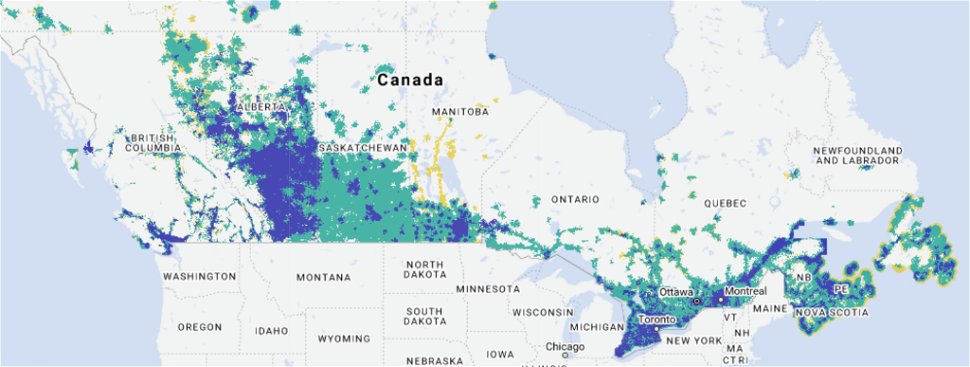
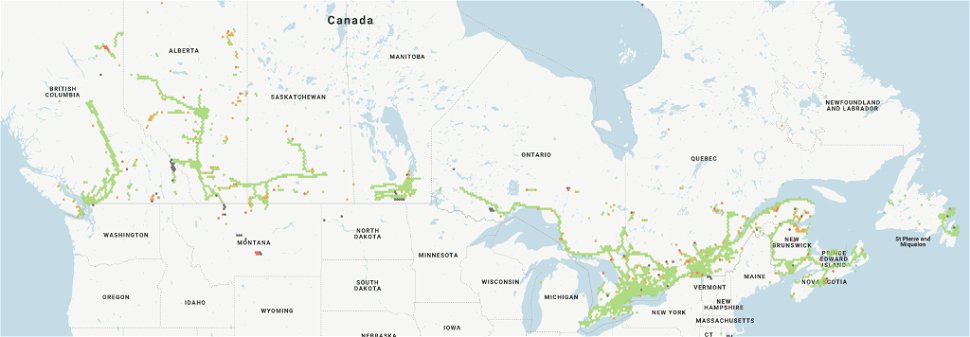
Now here's Telus...
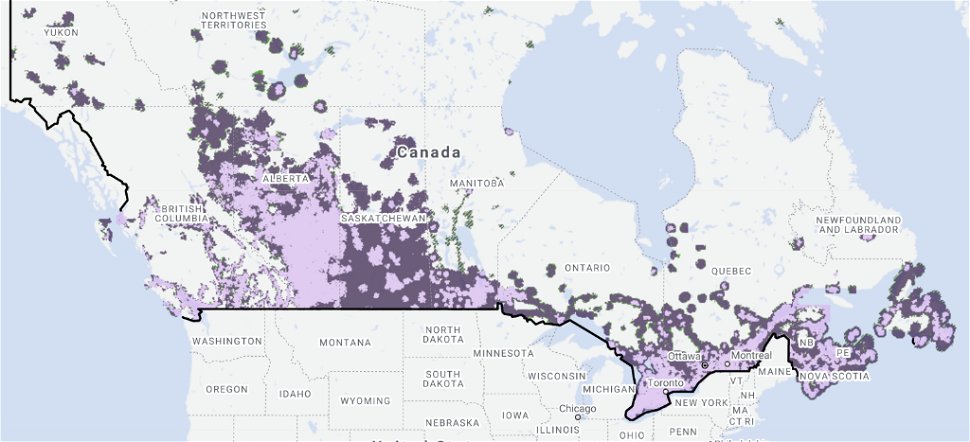
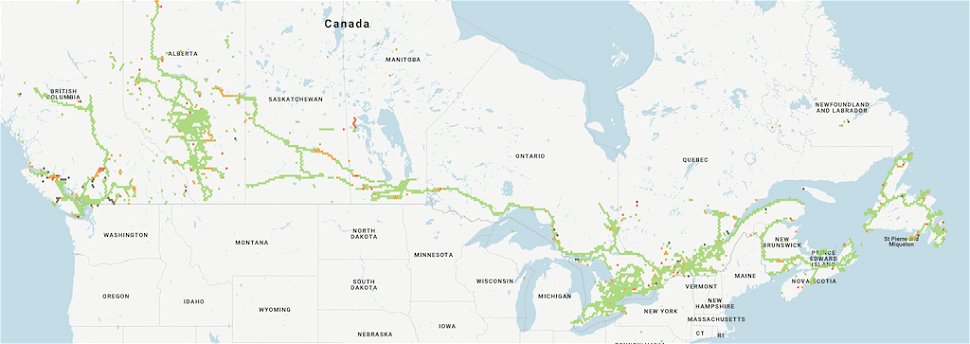
So to that standard, their coverage, speeds, and features are largely the same -- as the networks are also the same.
With that out of the way, both providers topped ratings in virtually every report we could find. From download speeds to signal strength, their combined network offers one of the most solid experiences in the country.
According to data from WhistleOut, Bell and Telus' combined network covers 28.8% of Canada geographically speaking. While this might sound low, Canada is known for its vast stretches of wilderness. To provide a point of comparison, Rogers takes 2nd place by geographical coverage with 19.9%.
In terms of population, Wikipedia lists LTE coverage at 97% and HSPA+ coverage at 98%
Notable awards for Bell include:
Ranked second in 4G Availability, Download Speed Experience, and Latency Experience categories in OpenSignal’s Mobile Network Experience Report February 2019 by an extremely narrow margin
Draw with Telus for the Video Experience category in OpenSignal’s Mobile Network Experience Report February 2019
Top rankings for Average Download Speed, Average Upload Speed, and Time on LTE in PC Magazines Fastest Mobile Networks in Canada 2018
Notable awards for Telus include:
Winner of 4G Availability, Download Speed Experience, and Latency Experience categories in OpenSignal’s Mobile Network Experience Report February 2019
Draw with Bell for the Video Experience category in OpenSignal’s Mobile Network Experience Report February 2019
Draw with Rogers for the Upload Experience Category in OpenSignal's Mobile Network Experience Report February 2019
Top rankings for Average Download Speed, Average Upload Speed, and Time on LTE in PC Magazines Fastest Mobile Networks in Canada 2018
MVNOs using Bell and Telus’ networks include:
|
|
|
|
|
#2. Rogers
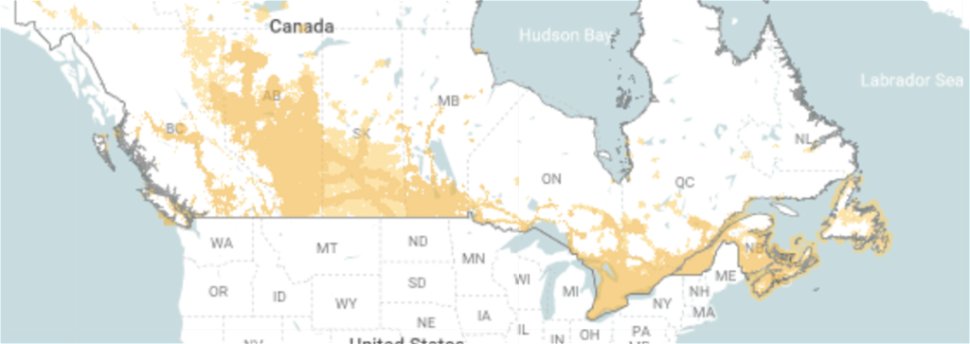

As the third of Canada's Big Three, Rogers falls behind Bell and Telus but only by the slightest of margins.
According to WhistleOut, Rogers' network covers 19.9% of the geographical area of Canada. However, Wikipedia notes their LTE, HSPA+, and GSM networks cover 96%, 98%, and 97% of the population respectively. That number lines up much closer with the other two companies.
The rest of their stats are a similar story. While they lead very few categories, they come in an extremely close second in many cases.
Notable awards include:
Draw with Telus for the Upload Speed Experience category in OpenSignal’s Mobile Network Experience Report February 2019
A very close third for the 4G Availability, Video Experience, and Upload Speed Experience categories in OpenSignal’s Mobile Network Experience Report January 2019
MVNOs using Rogers' network include:
#3. Freedom Mobile
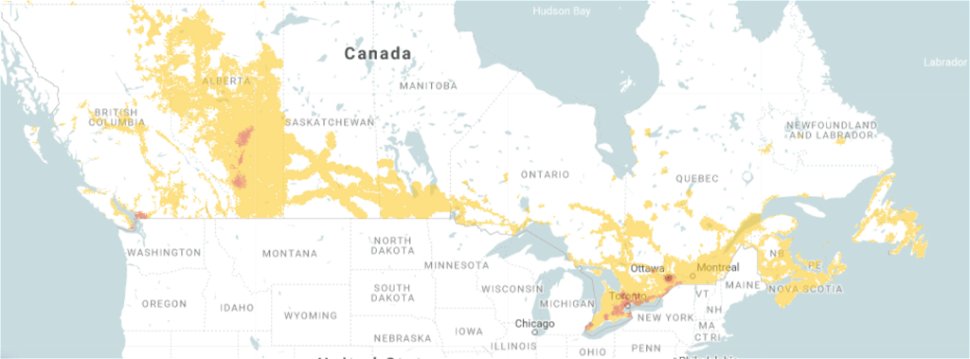
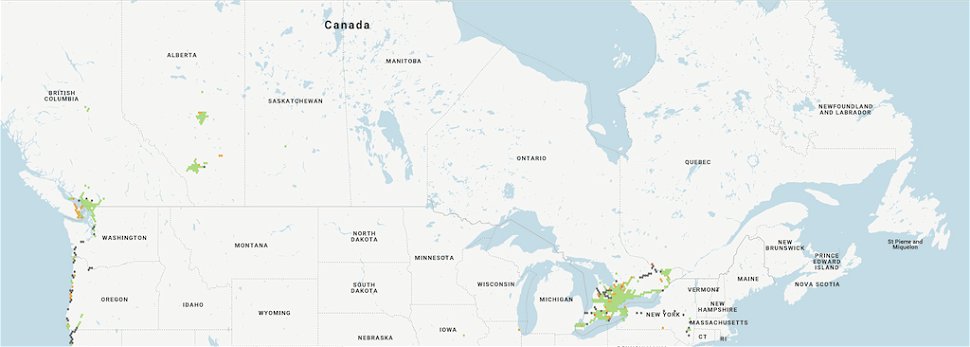
Freedom Mobile is in an interesting place.
While their coverage is undeniably lower than the Big Three, so are their prices. They basically offer service in the major cities of Canada -- including Toronto, Ottawa, London, Calgary, Edmonton, and Vancouver -- but use free roaming outside of the cities.
They used to charge per-use for roaming, but now many plans include roaming with limits on data access -- a much more budget-friendly alternative. So unless you travel often, their service is likely a much better value than before.
Unfortunately, as a smaller carrier, Freedom Mobile doesn't receive much coverage from major media outlets, reports, and awards.
Their data speeds are also below those offered by the Big Three. So while you'll likely find coverage near big cities, don't expect blazing speeds when gaming or streaming video.
#4. Regional Carriers: Eastlink, Sasktel, and Videotron
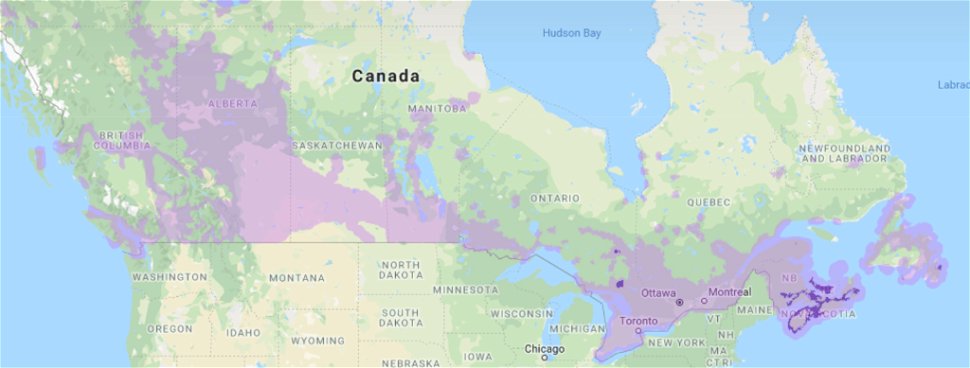
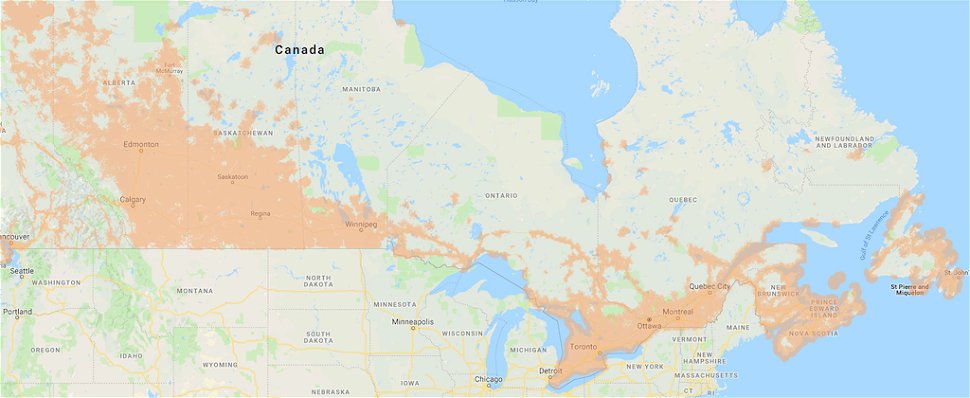
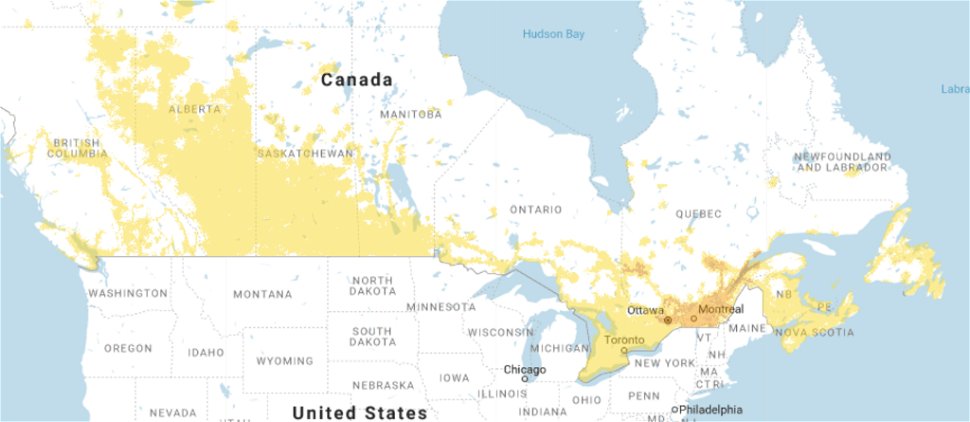
While the Big Three offer great nationwide reception as a general rule, there are a few regional carriers that actually offer comparable -- if not better -- coverage in their respective regions.
Options include:
- SaskTel (Saskatchewan)
- EastLink (Atlantic Canada and Northeastern Ontario)
- Videotron (Quebec and Ottawa)
If you live in these regions -- and don't travel often -- be sure to check coverage and plans on offer from these carriers. In most cases, they're much more affordable and feature more generous allotments.
The caveat to this is data speeds. While coverage is often better, these smaller providers don't have the funding to invest in their networks like the larger options. So you'll probably see slower uploads and downloads.
They also don't receive much press in terms of rewards and stats in the big reports. However, most have been in business long enough to earn good reputations. Asking around with friends and family is likely a great way to learn more about how these services work in your area.
Common Questions
1. Can I get out of my contract if I have poor coverage?
In most cases, you cannot get out of your mobile contract for weak coverage unless you’re in the very early stages of your contract -- often a matter of days or weeks.
Even if the issue is on your carrier’s end, they’re going to make you jump through hoops to prove your signal is poor. They might also suggest fixes like a femtocell mini tower instead of letting you out of your contract. These mini towers use your home or business Internet connection to link your phone with the mobile network.
2. Is there any way to improve the signal in my home or office?
Apart from femtocell towers and signal amplifiers or repeaters -- devices which often run hundreds of dollars -- there’s not much to be done if coverage at one of your frequently visited locations is poor.
In some cases, if you had coverage in the past and are suddenly experiencing issues maintaining a strong signal, it might be a problem with your device or SIM. In those cases, contacting your carrier is the first step toward solving the problem.
This is also true if you recently purchased an unlocked phone. Having good coverage is irrelevant if your phone doesn’t support every frequency used by the mobile network in your area.
3. Can I boost my phone’s antenna?
There are plenty of products out there claiming you can slap them on your battery or put them on your window and see instant gains in signal strength. But they’re mostly gimmicks.
In fact, this article outlines an experiment which found that not only do most phone antenna stickers not work, but they might also make things worse.
In general, if you absolutely need a stronger signal and can’t switch carriers you’d be better off getting signal repeaters and amplifiers that take the signal in the air around you and make it stronger. But these don’t come cheap and often require running power or networking cables to the amplifier to get things started.
4. What about 5G? Who’s the best there?
It’s honestly too early to tell yet and anyone who tells you otherwise is probably just trying to sell something.
Most Canadian carriers aren't focusing on 5G yet. However, with the speed of many 4G networks around Canada, there's not a huge difference between the speeds other countries are currently seeing out of the earliest version of 5G anyhow.
While 5G stands to possibly change mobile service completely, we don’t feel like things have matured enough to compare providers at this time.
5. How can I test my coverage if I’m having problems?
Most phones offer an indicator to give a basic idea of how coverage is at your location. But if you suspect that you’re having signal issues but the bars at the top of your phone’s screen say otherwise, a speed test is a good way to check things.
Popular options include:
You’ll need to run the test with Wi-Fi disconnected if you want to check your mobile connection. This means the tests will use mobile data to transmit randomized information to and from your phone. So be careful if you have a small data allowance.
If your signal strength is high but speeds are inconsistent or really low, it could indicate a problem with your service or device. The next step to fixing issues would be to call your carrier.
You can also check sites such as DownDetector to see if anyone else if your area is reporting problems with the service provider you use. Keep in mind that many of these sites do not verify claims and only aggregate or pass on reports, so information might not always be wholly accurate.
Final Thoughts
By comparing data from multiple sources and using crowd-sourced information, you can get a better idea of what coverage is like in your area for a particular carrier.
In 2019, Bell and Telus appear to offer the most coverage coast-to-coast. However, networks and statistics change often.
While we’ve sourced our findings from top media outlets in the tech industry, these statistics only provide so much accuracy for your exact location because they look at the entire country.
For the most accurate information, turn to social media groups in your area or friends and family.
Ask them what carriers they use and how they like their coverage.
This will provide information directly relevant to your area from people you know and trust.
P.S. If you’ve found a few providers who offer good coverage in your area, be sure to compare the various
plans and prices on offer before signing any agreements. Our
plan comparison tool makes it simple to compare plans by prices, data allotments,
features, and more with just a few clicks.
[1] OpenSignal: Canada Mobile Network Experience Report February 2019
[2] WhistleOut: The Best Mobile Coverage Everywhere in Canada
[3] PC Magazine: Fastest Mobile Networks in Canada 2018
[4] Wikipedia: List of Canadian mobile phone companies
Disclosure: You should know that in some cases, we may receive a referral fee (at no additional cost to you) for products purchased through the links on our site. These links help support our work but they do not influence our content. Our editorial recommendations are always genuine and we try to feature only the best products and services. Why trust us?
